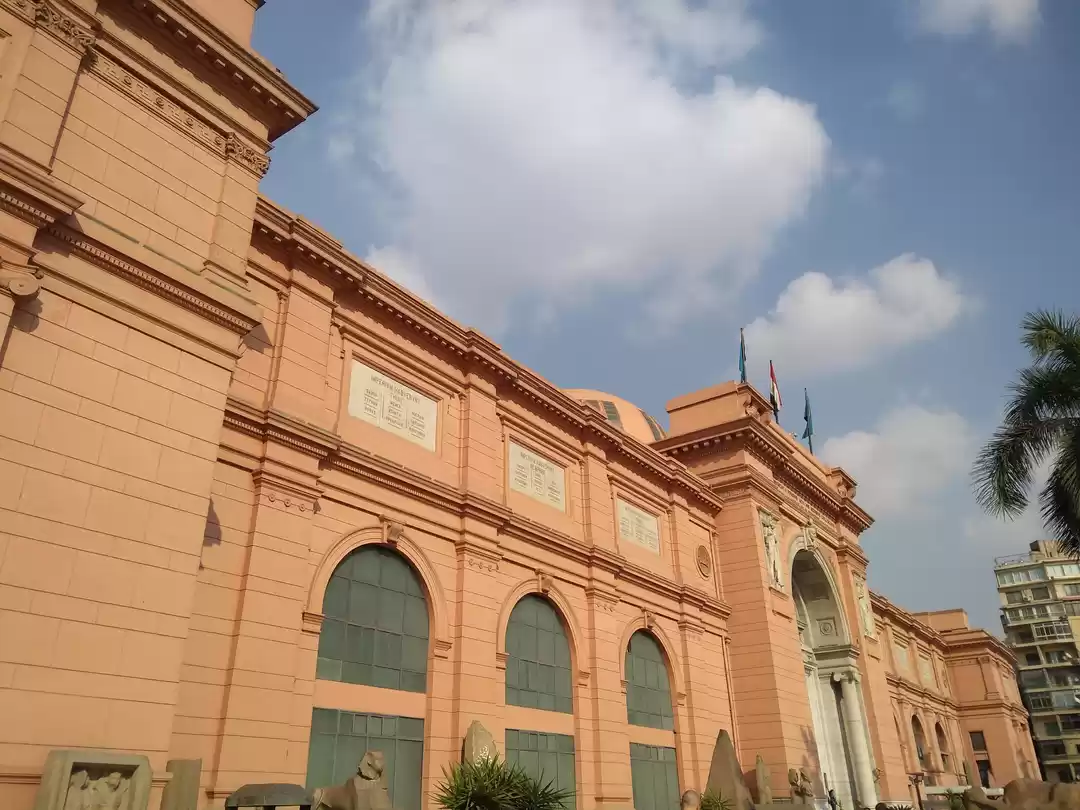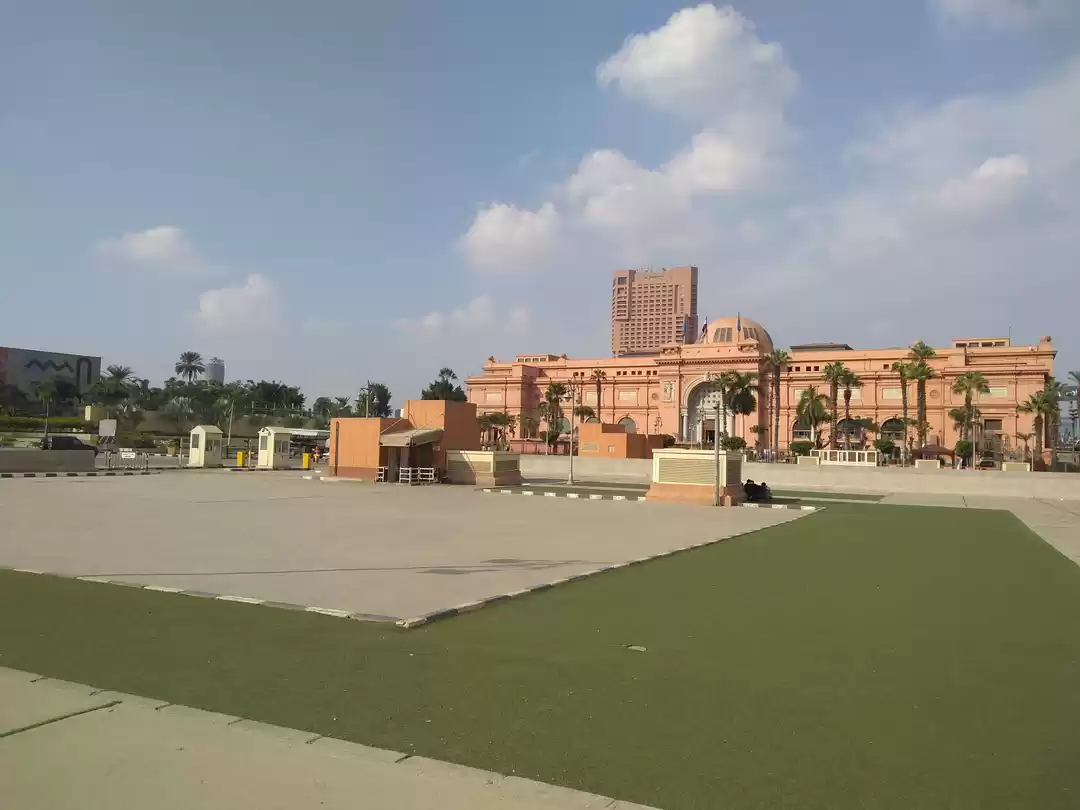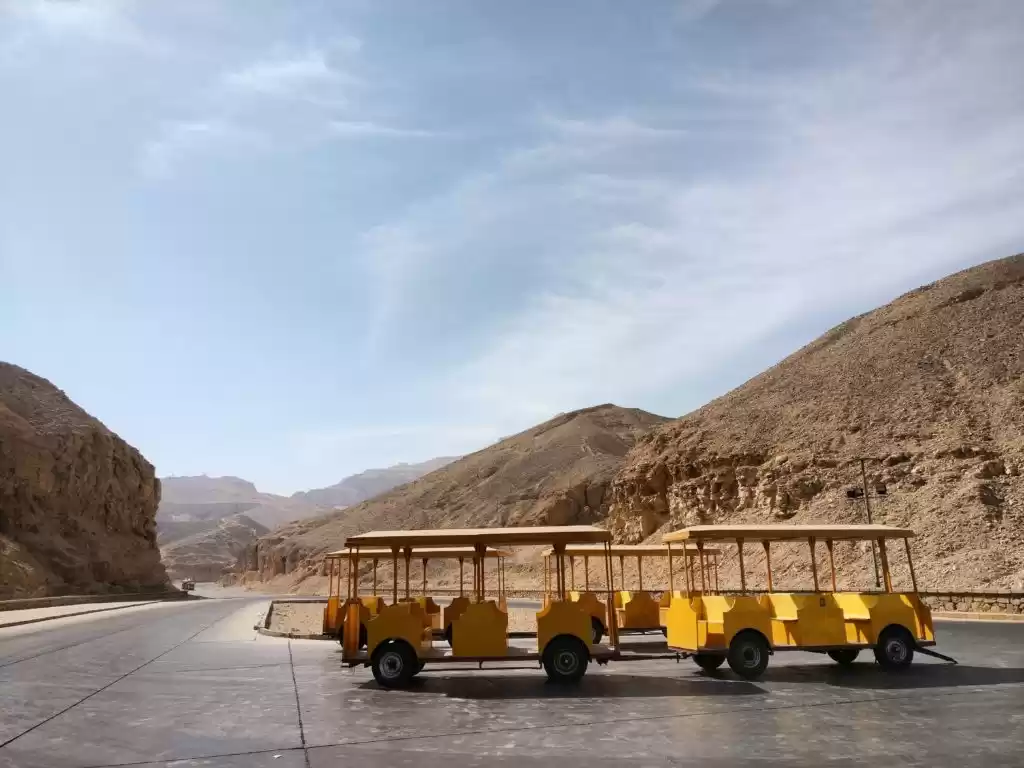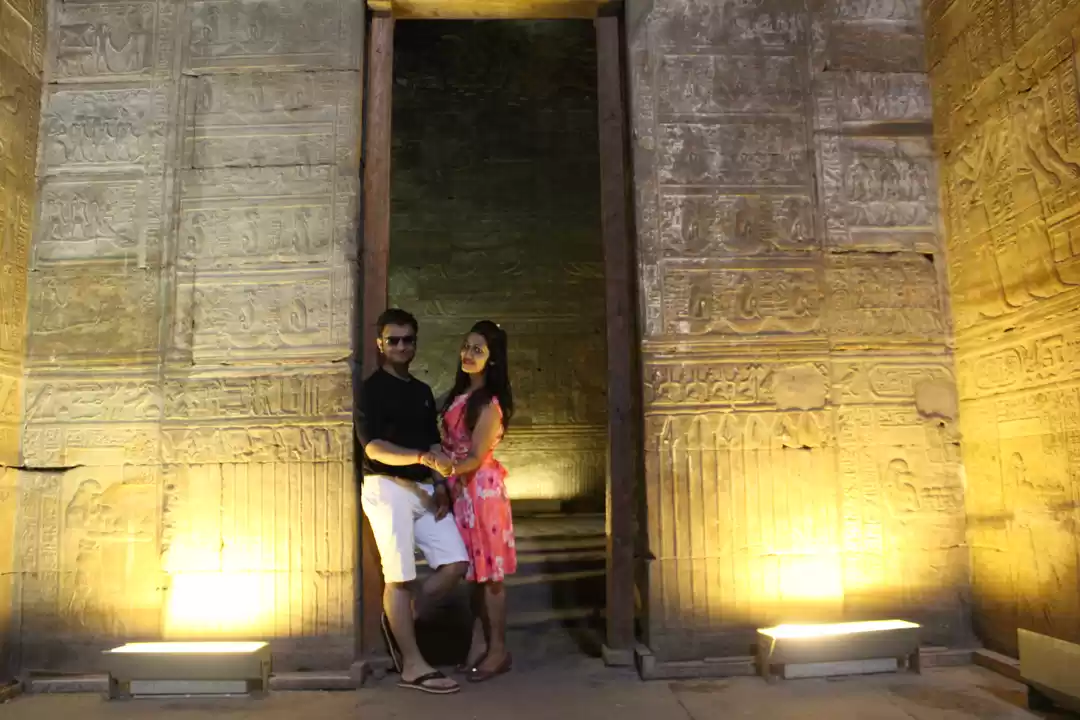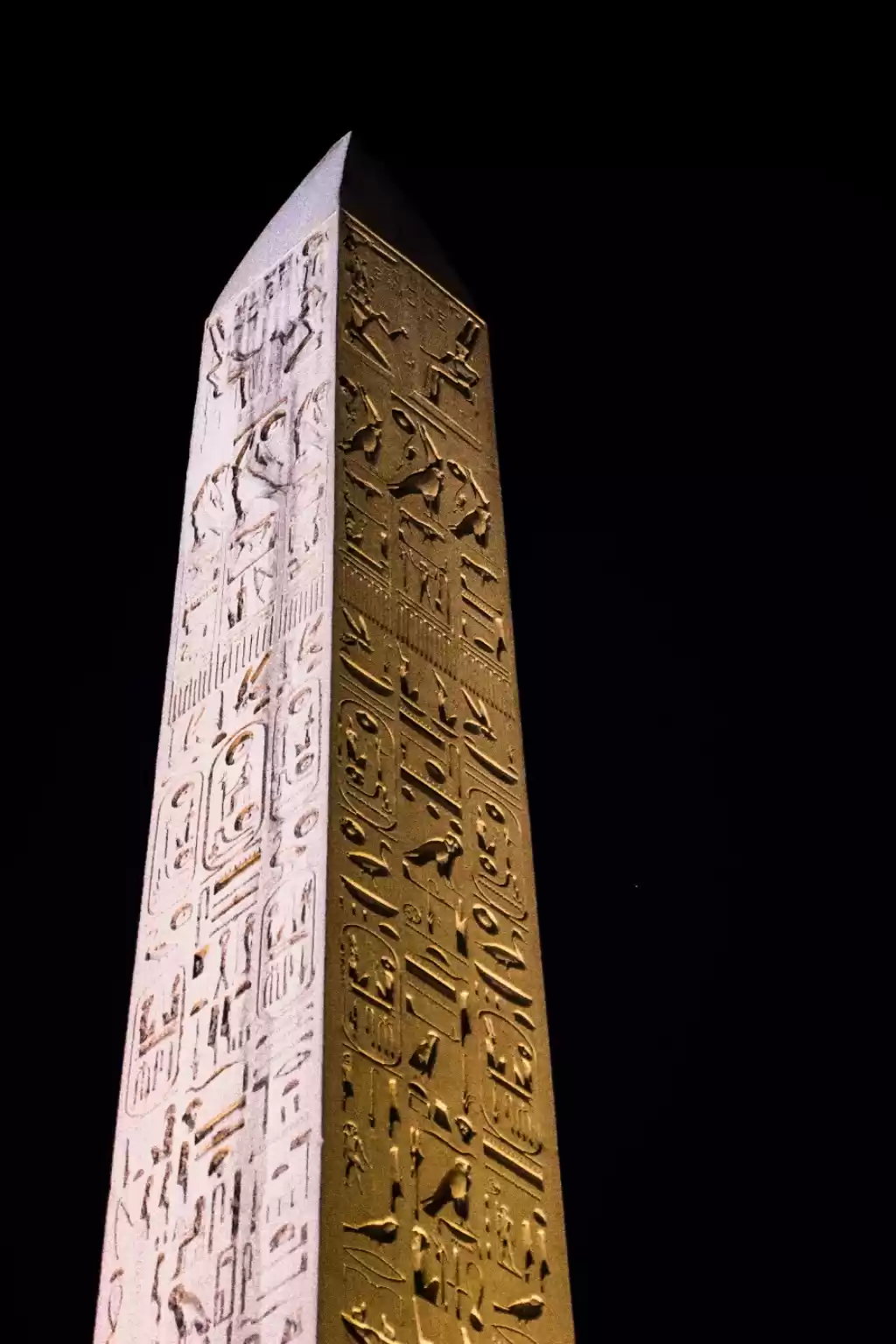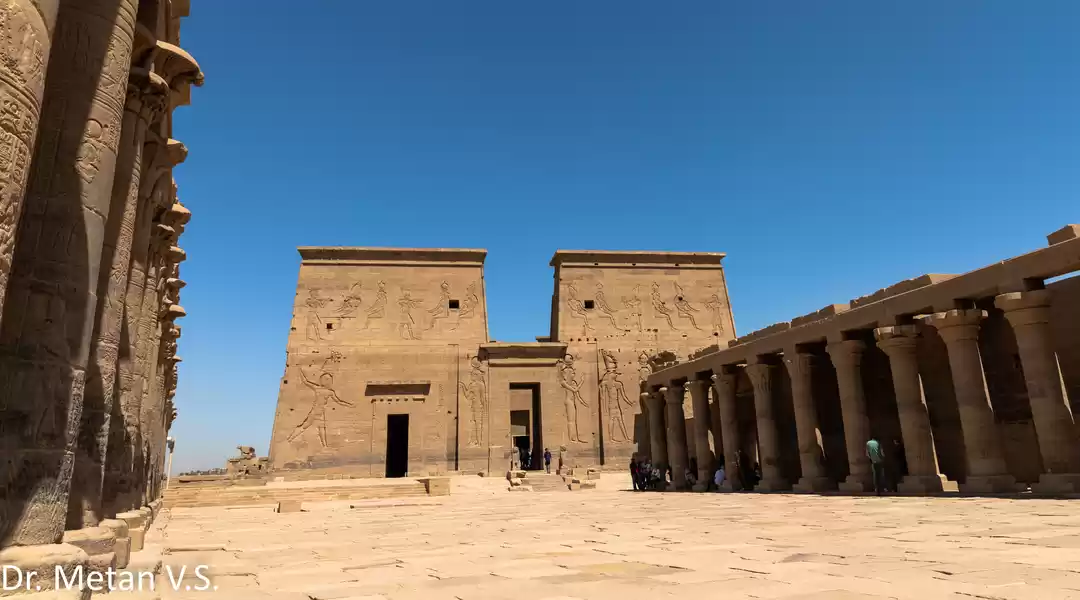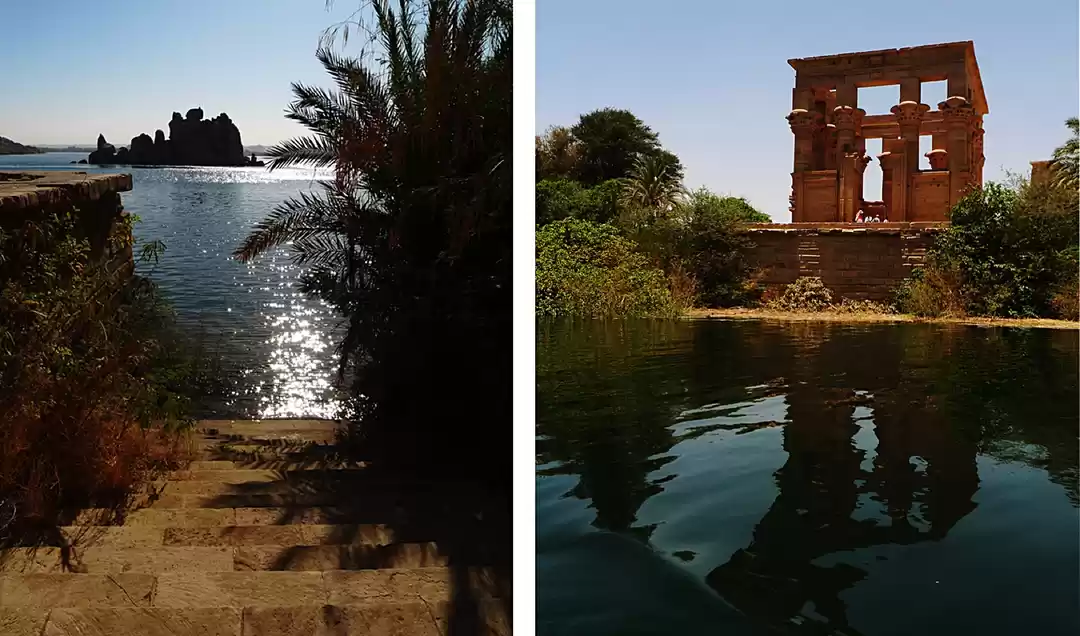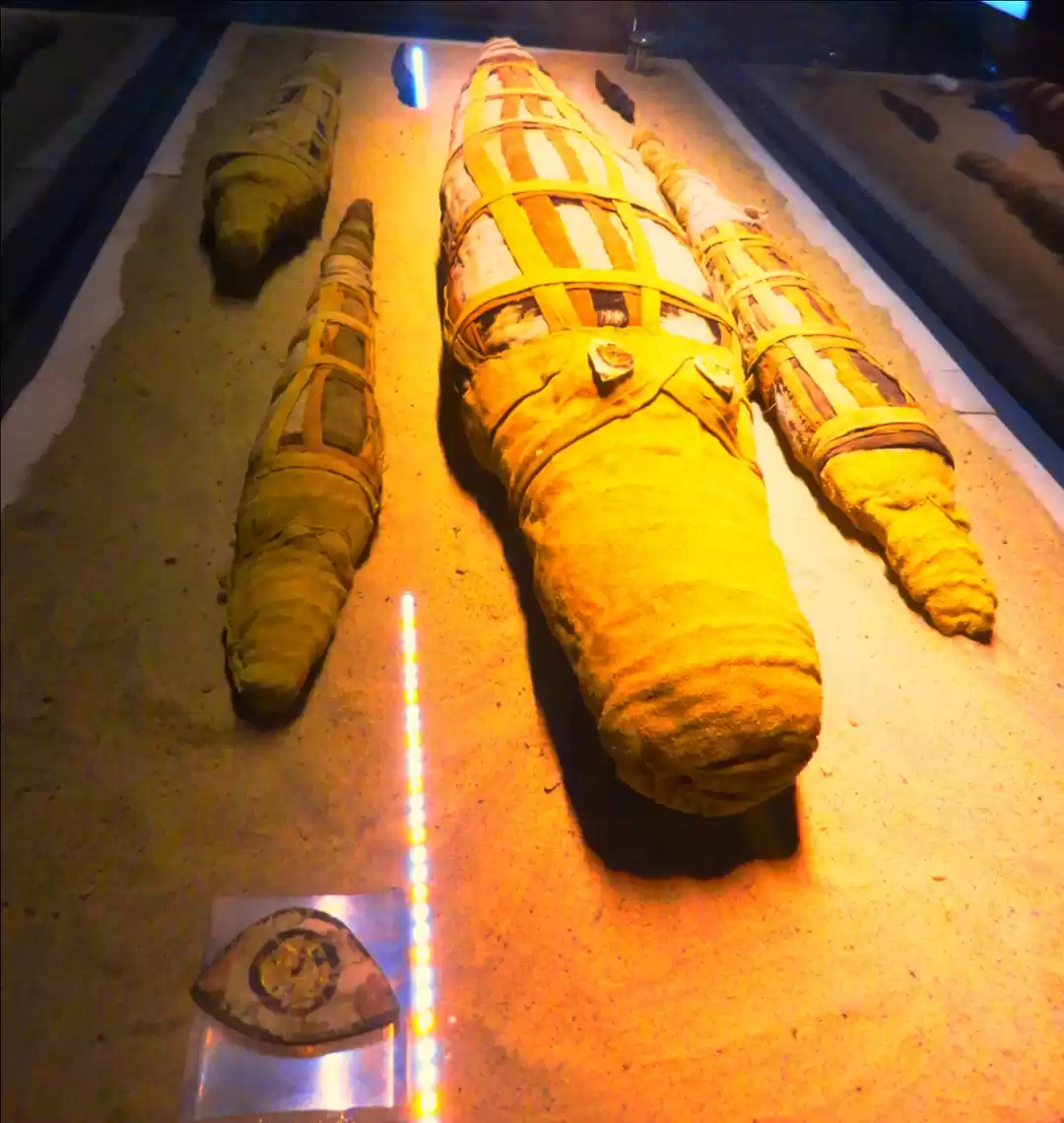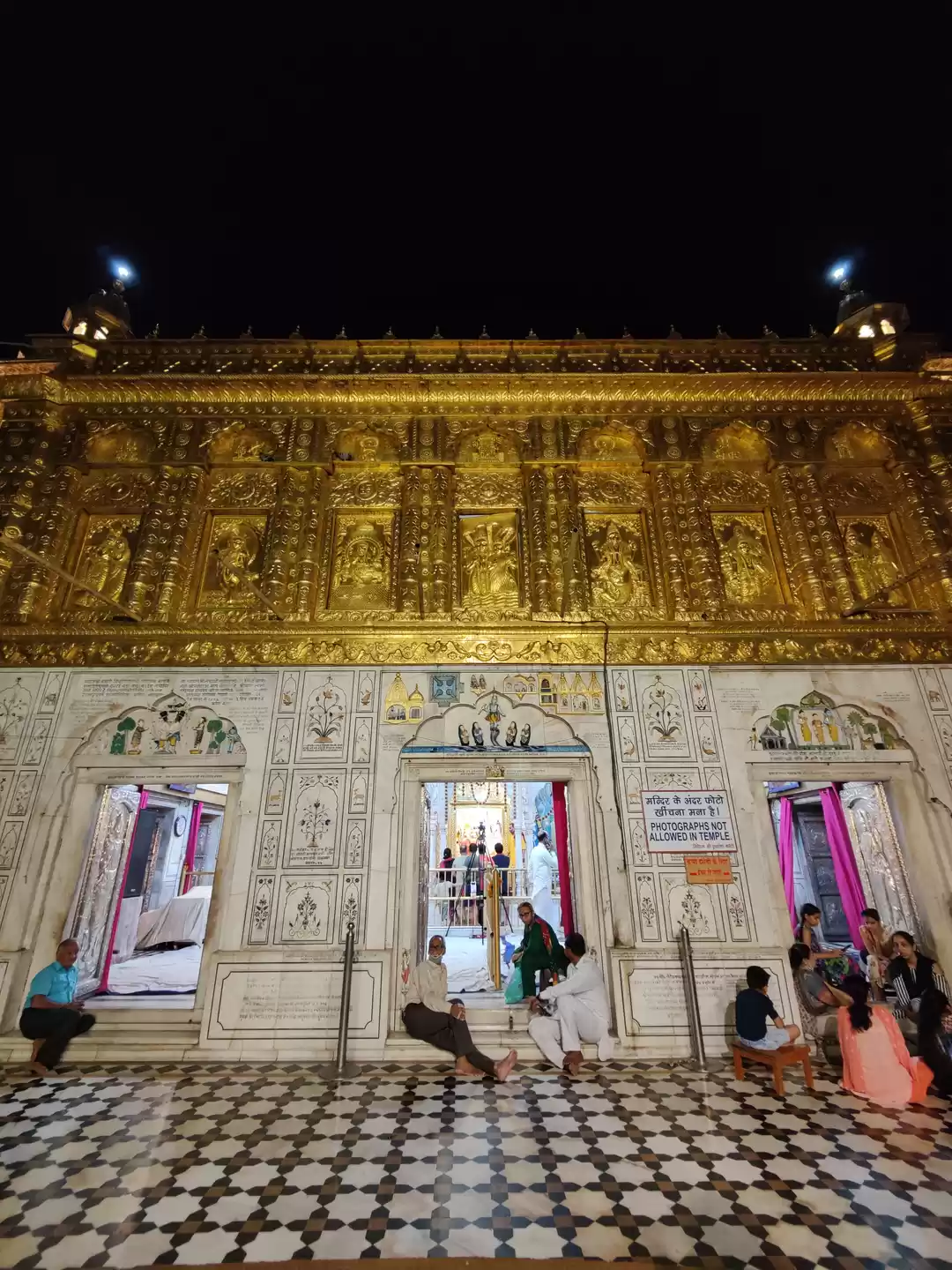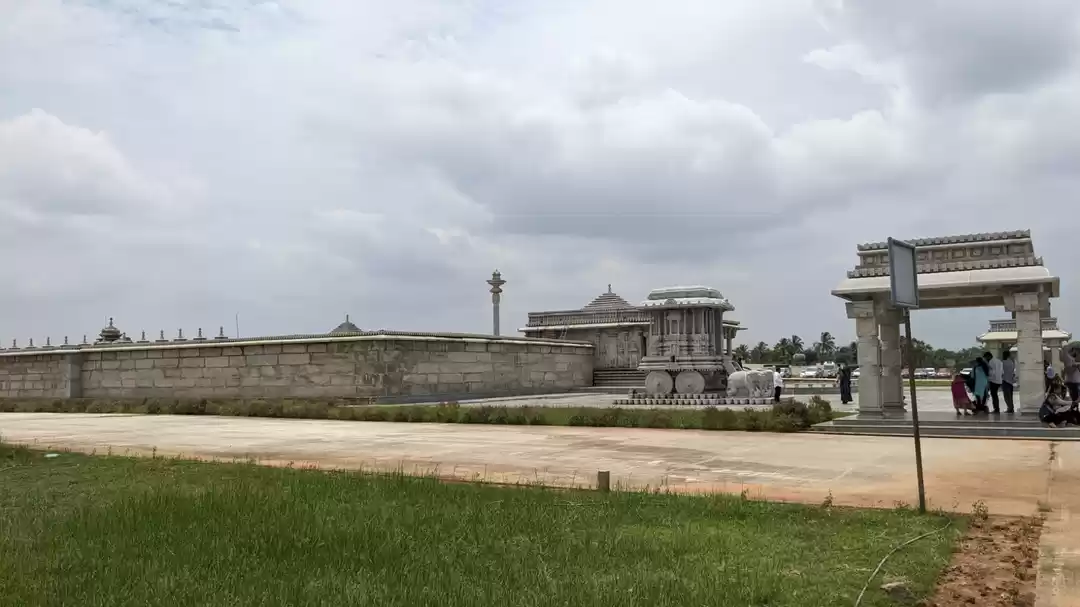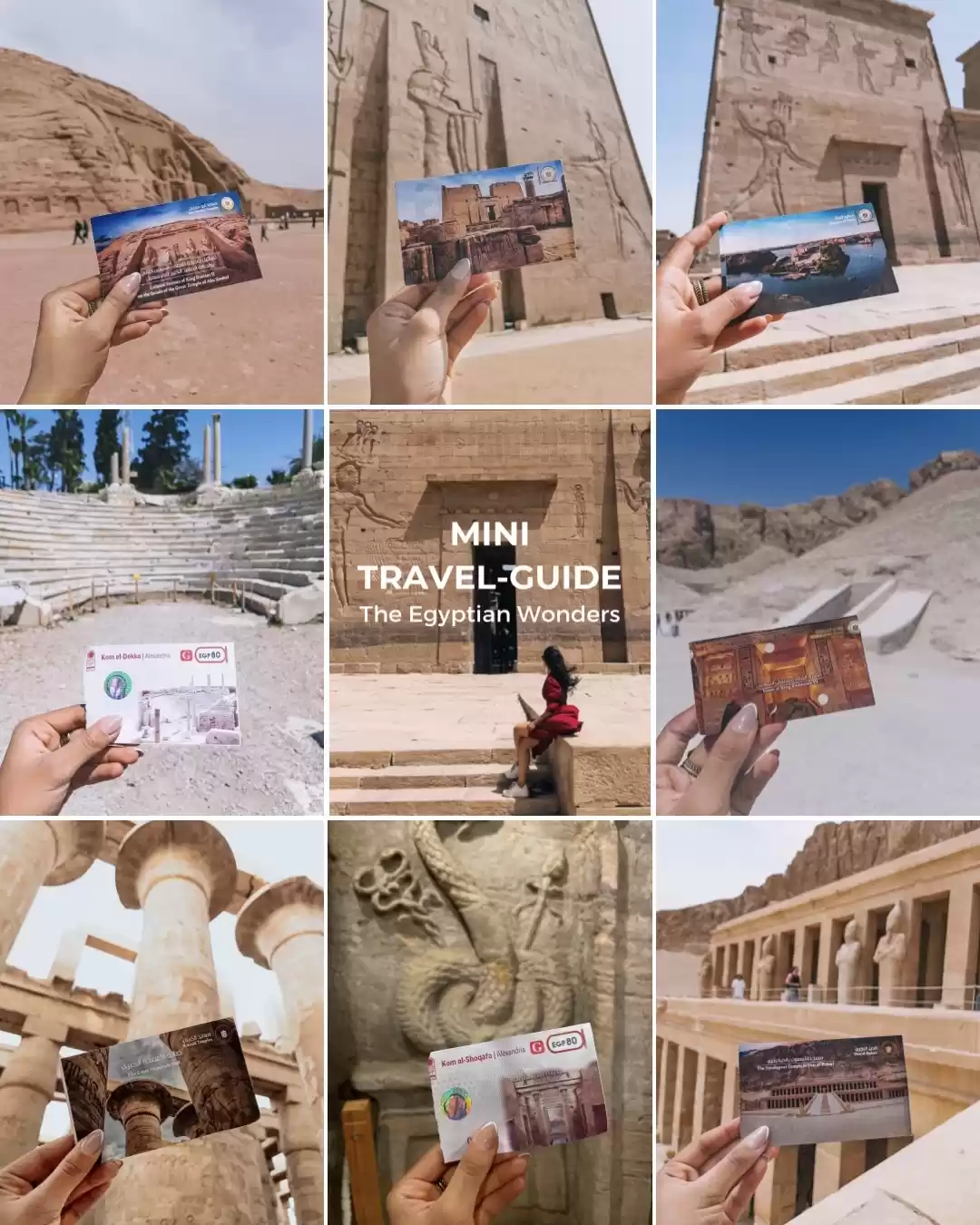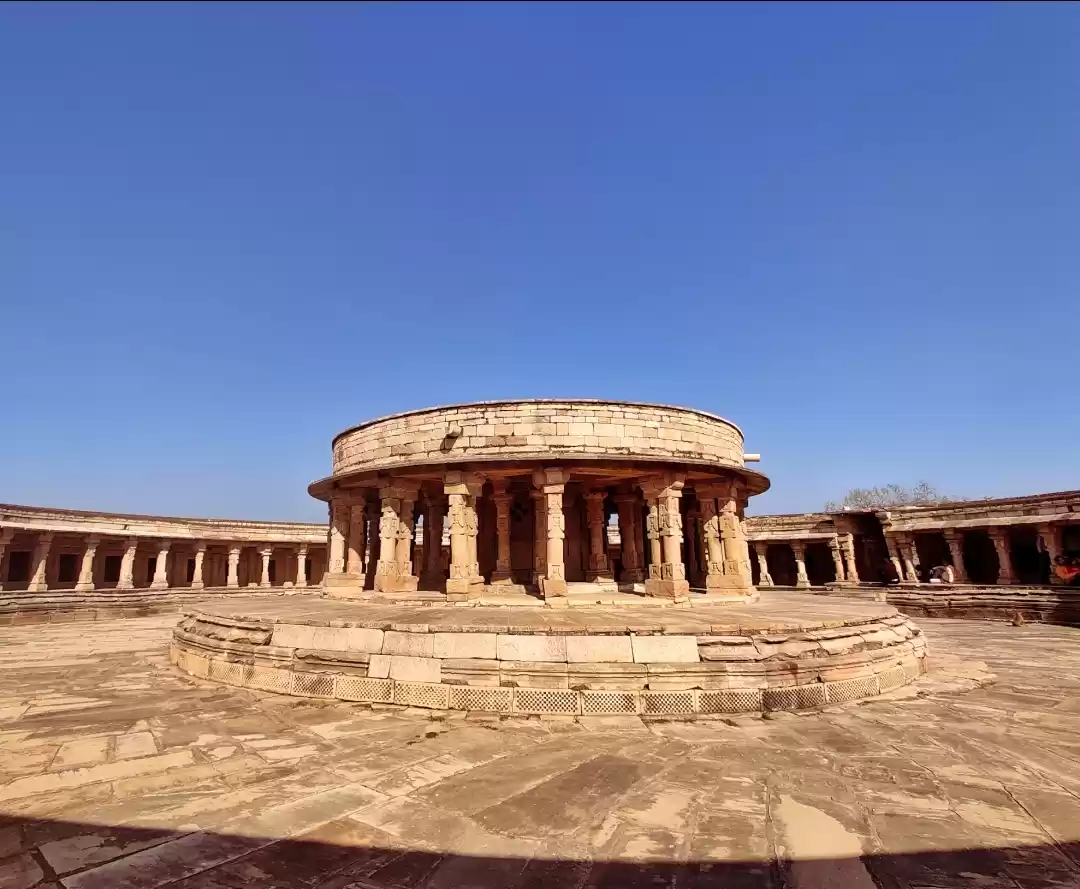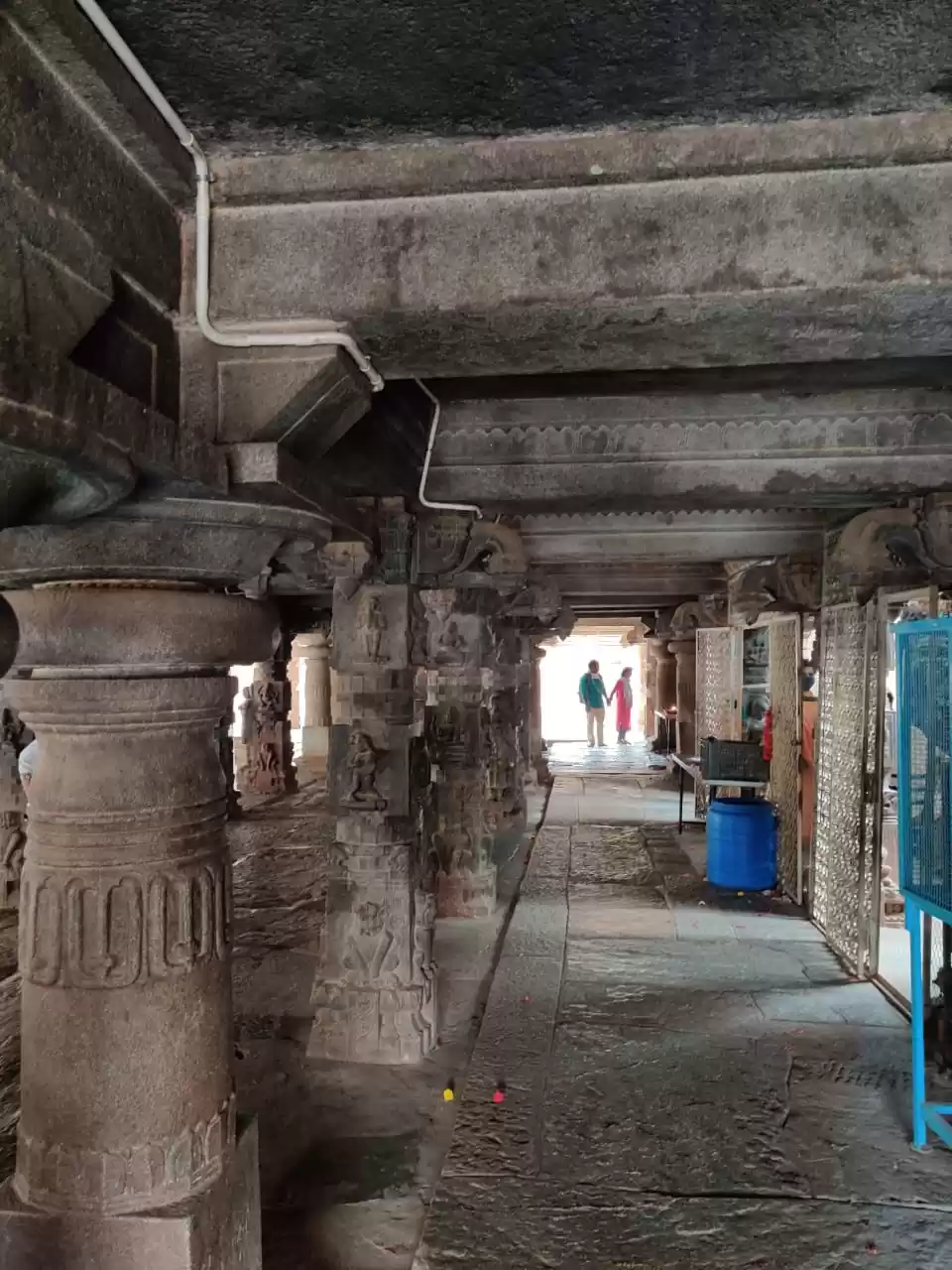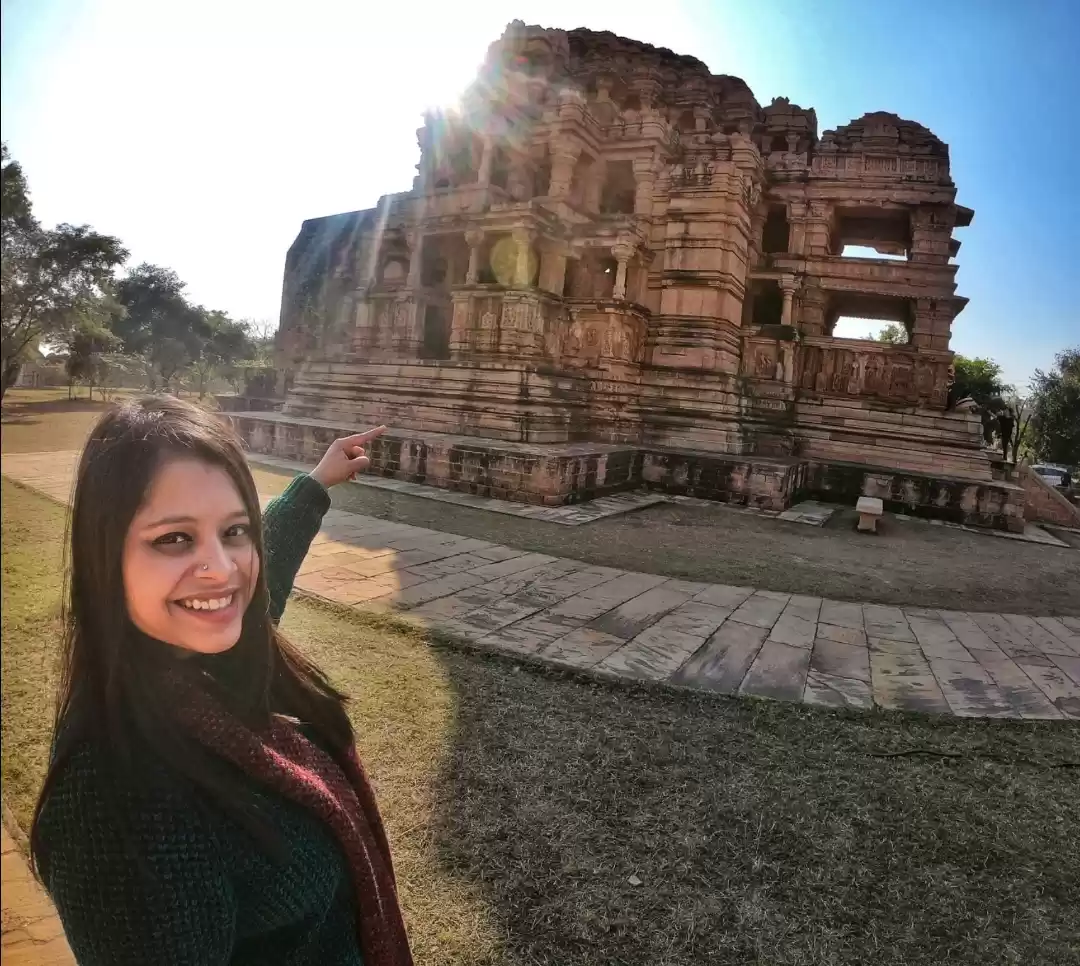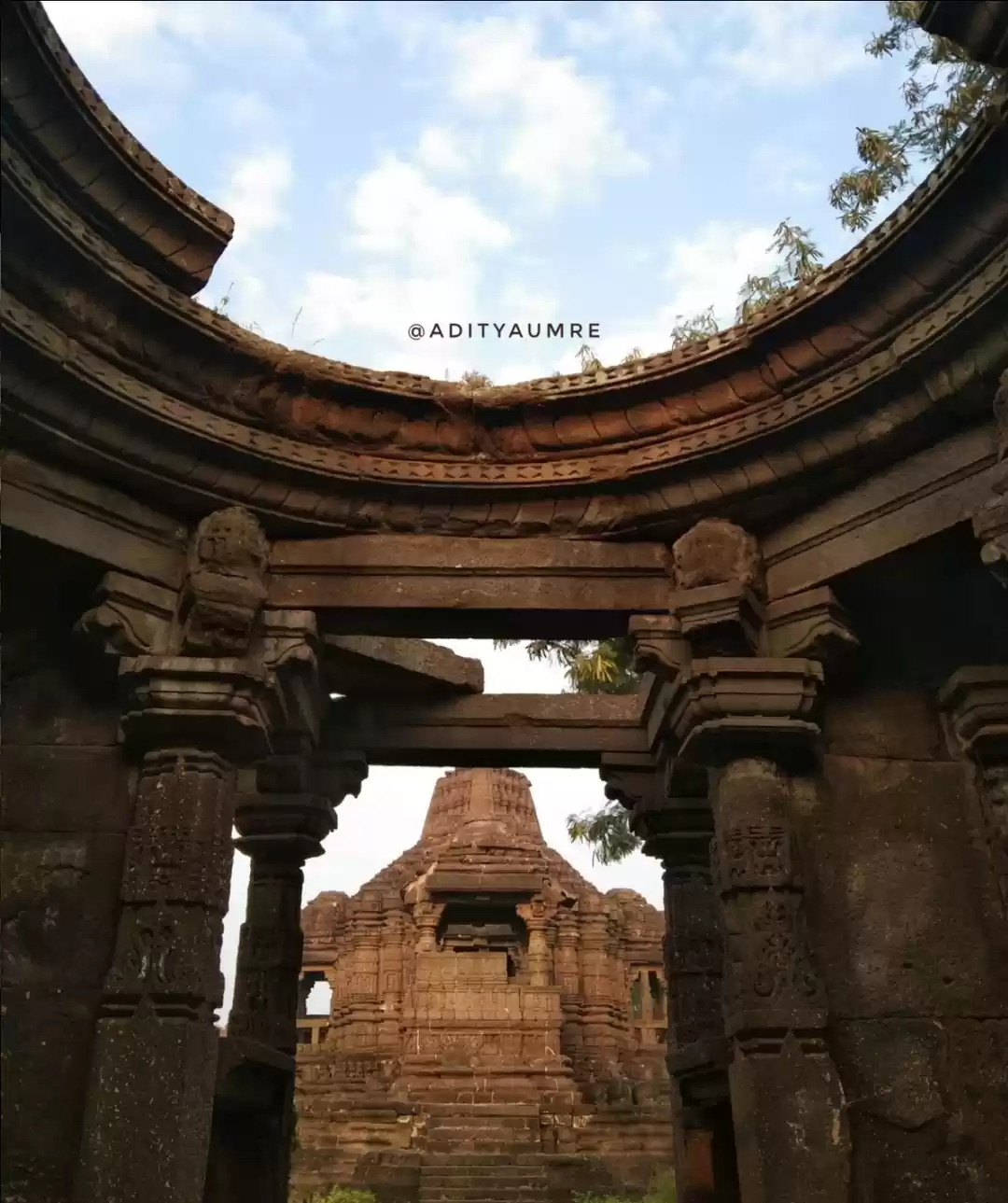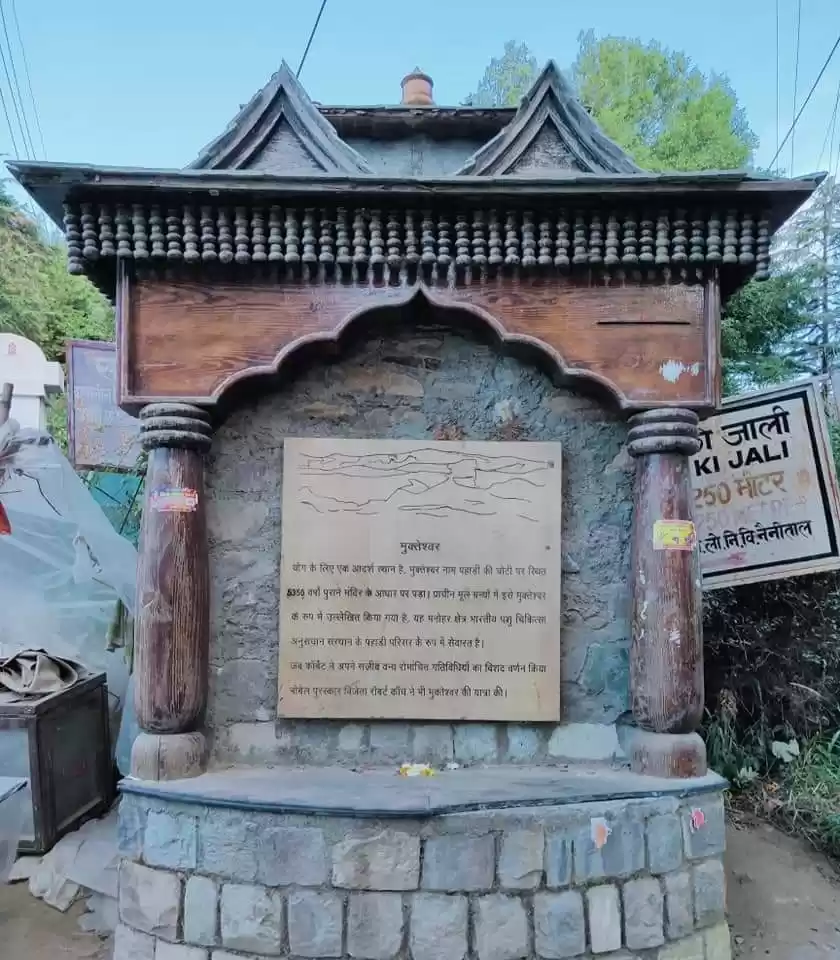Are you fascinated by the ancient Egyptian culture, religion, and architecture? Do you want to explore one of the most beautiful and sacred temples in Egypt? If yes, then you should not miss the Philae Temple, a stunning complex dedicated to the goddess Isis, located on an island in the Nile River near Aswan. In this article, you will learn everything you need to know about the Philae Temple, its history, its significance, its features, and how to visit it. Whether you are a history buff, a culture lover, or a nature enthusiast, you will find something to enjoy and appreciate at the Philae Temple.
History of the Philae Temple
The Philae Temple has a long and rich history that spans over two millennia. The temple was originally built on the island of Philae, which means "the end" in ancient Egyptian, as it marked the southern border of Egypt. The temple was dedicated to the goddess Isis, the wife of Osiris and the mother of Horus, who was revered as the protector of the pharaohs and the patroness of magic, healing, and fertility.
The construction of the temple began during the Ptolemaic period, when the Greek rulers of Egypt adopted the worship of Isis and incorporated elements of their own culture and religion into the temple. The temple was expanded and embellished by several Roman emperors, such as Augustus, Trajan, and Hadrian, who also respected and honored Isis and her cult. The temple became a center of pilgrimage and a site of miracles for both Egyptians and foreigners, who came to seek the blessings and favors of Isis.

The temple remained in use until the 6th century AD, when the Byzantine emperor Justinian ordered the closure of all pagan temples in Egypt. The temple was converted into a Christian church, and many of the original carvings and reliefs were defaced or destroyed. The temple was eventually abandoned and forgotten, until the 18th century, when European explorers and scholars rediscovered and studied it.
However, the temple faced a new threat in the 20th century, when the construction of the Aswan High Dam threatened to submerge the island of Philae and the temple under the rising waters of the Nile. In a remarkable feat of engineering and preservation, the temple was dismantled and relocated to a nearby island called Agilkia, which was reshaped and landscaped to resemble the original Philae. The temple was reassembled and restored to its former glory, and opened to the public in 1980.
Significance of the Philae Temple
The Philae Temple is not only a masterpiece of ancient Egyptian architecture and art, but also a symbol of the religious and spiritual importance of the goddess Isis and her cult. Isis was one of the most popular and powerful deities in the ancient Egyptian pantheon, who was worshipped as the mother of all creation, the queen of heaven and earth, and the embodiment of love and compassion. She was also associated with the Nile, the source of life and prosperity for Egypt.
The temple of Philae was considered to be the main sanctuary of Isis, where her sacred mysteries and rituals were performed. The temple was also believed to be the burial place of Osiris, the god of the underworld and the husband of Isis, who was killed and dismembered by his evil brother Seth. Isis searched for and collected the pieces of Osiris, and used her magic to resurrect him and conceive their son Horus, who avenged his father and became the ruler of Egypt. This myth of death and rebirth symbolized the cycle of nature and the hope of eternal life for the ancient Egyptians.
The cult of Isis transcended the boundaries of Egypt and spread to other parts of the ancient world, such as Greece, Rome, and beyond. Isis attracted followers from different backgrounds and classes, who were drawn to her universal appeal and her promise of salvation. The temple of Philae was a place where people of different cultures and faiths could come together and worship the goddess in harmony and peace.
Features of the Philae Temple
The Philae Temple is a complex of several structures, carvings, and reliefs that showcase the beauty and diversity of the ancient Egyptian architecture and art. The temple is accessed by a boat ride from Aswan, which offers a scenic view of the Nile and the surrounding islands. The boat docks at a gatehouse, which leads to a colonnaded courtyard and a monumental gateway, called the First Pylon. The gateway is decorated with scenes of the pharaohs making offerings to Isis and other gods, and also features a carving of the famous Rosetta Stone, which helped decipher the hieroglyphs.

Beyond the gateway, there is a large open court, which leads to the Second Pylon, another impressive gateway that marks the entrance to the main temple of Isis. The gateway is adorned with reliefs of the pharaohs and the gods, and also has two towers, called kiosks, on either side. The kiosks have elegant columns and windows, and were used for ceremonial purposes.
The main temple of Isis consists of a hypostyle hall, a vestibule, and a sanctuary. The hypostyle hall has 10 columns, each with a different floral capital, and a ceiling painted with stars. The walls of the hall are covered with reliefs depicting the rituals and festivals of Isis, such as the procession of the sacred boat, the birth of Horus, and the resurrection of Osiris. The vestibule has six columns and a staircase that leads to the roof, where there is a chapel dedicated to Osiris. The sanctuary is the holiest part of the temple, where the statue of Isis was kept in a granite shrine. The sanctuary also has a niche that contains the pedestal of Osiris, where his head was supposedly buried.
The temple complex also has other structures, such as the Temple of Hathor, the goddess of music and joy, the Temple of Imhotep, the god of medicine and wisdom, and the Temple of Augustus, the Roman emperor who claimed to be the son of Isis. The complex also has a birth house, where the divine birth of Horus was celebrated, a nilometer, where the level of the Nile was measured, and a Coptic church, where the Christian symbols were added to the ancient Egyptian ones.
How to Visit the Philae Temple
The Philae Temple is one of the must-see attractions in Aswan, and a highlight of any trip to Egypt. Here are some practical information and tips on how to visit the Philae Temple:

- The temple is open daily from 7 am to 4 pm in winter, and from 7 am to 5 pm in summer. The temple also offers a sound and light show at night, which tells the story of the temple and the goddess in different languages.
- The entrance ticket to the temple costs 180 Egyptian pounds (about 10 US dollars) for foreigners, and 90 Egyptian pounds (about 5 US dollars) for students. The ticket also includes the boat ride to and from the island, which costs 100 Egyptian pounds (about 6 US dollars) per person.
- The boat ride to the island takes about 15 minutes, and offers a spectacular view of the Nile and the surrounding landscape. The boat drivers may try to bargain or ask for tips, so be prepared to negotiate or decline politely.
- The best time to visit the temple is early in the morning or late in the afternoon, when the temperature is cooler and the crowds are smaller. The temple can get very hot and busy during the day, especially in the peak season from October to April.
- The temple is suitable for different types of travelers, such as families, solo travelers, couples, and groups. The temple is accessible for people with disabilities, as there are ramps and paths that lead to the main areas. The temple is also safe and secure, as there are guards and guides who can assist the visitors.
- The temple is located about 12 km south of Aswan, and can be reached by taxi, bus, or train. The taxi ride from Aswan to the boat dock costs about 50 Egyptian pounds (about 3 US dollars) and takes about 20 minutes. The bus ride from Aswan to the boat dock costs about 5 Egyptian pounds (about 0.3 US dollars) and takes about 30 minutes. The train ride from Aswan to the boat dock costs about 15 Egyptian pounds (about 1 US dollar) and takes about 15 minutes.
- The temple is close to other attractions in Aswan, such as the Aswan High Dam, the Unfinished Obelisk, the Nubian Museum, and the Elephantine Island. The temple can also be combined with a visit to Abu Simbel, the magnificent temple of Ramses II, which is about 280 km south of Aswan, and can be reached by bus, car, or plane.
The Philae Temple is a remarkable monument that reflects the ancient Egyptian culture, religion, and architecture, as well as the influence of other civilizations and faiths. The temple is a tribute to the goddess Isis, who was worshipped as the mother of all creation and the source of life. The temple is a place where you can admire the beauty and diversity of the ancient Egyptian art and learn about the myths and legends of the ancient Egyptian gods. The temple is also a place where you can enjoy the natural scenery and the peaceful atmosphere of the Nile and the island of Agilkia.
The Philae Temple is a journey to the ancient Egyptian sanctuary of Isis, where you can witness the beauty and mystery of the ancient Egyptian culture, religion, and architecture. The temple is a place where you can connect with the goddess Isis, who is the source of life and love for all creation. The temple is also a place where you can enjoy the natural beauty and tranquility of the Nile and the island of Agilkia. The Philae Temple is a place that you will never forget and always cherish.
Don’t miss the opportunity to visit the Philae Temple and other amazing attractions in Egypt with Tripoto. Book your tour today and get ready for an unforgettable experience.


